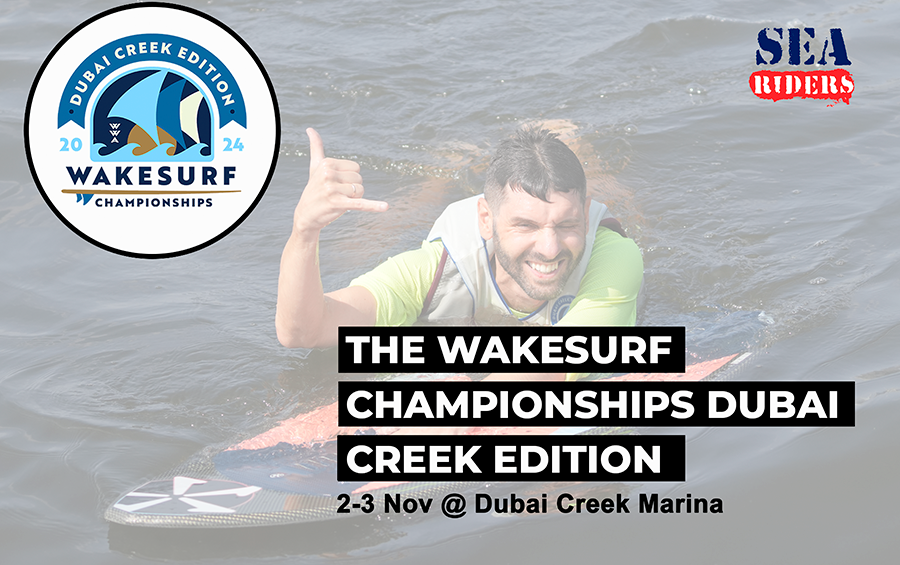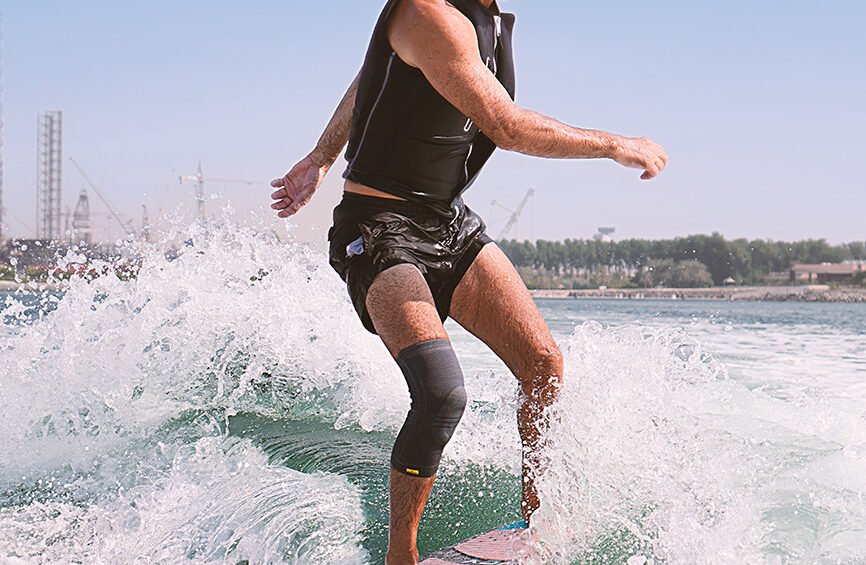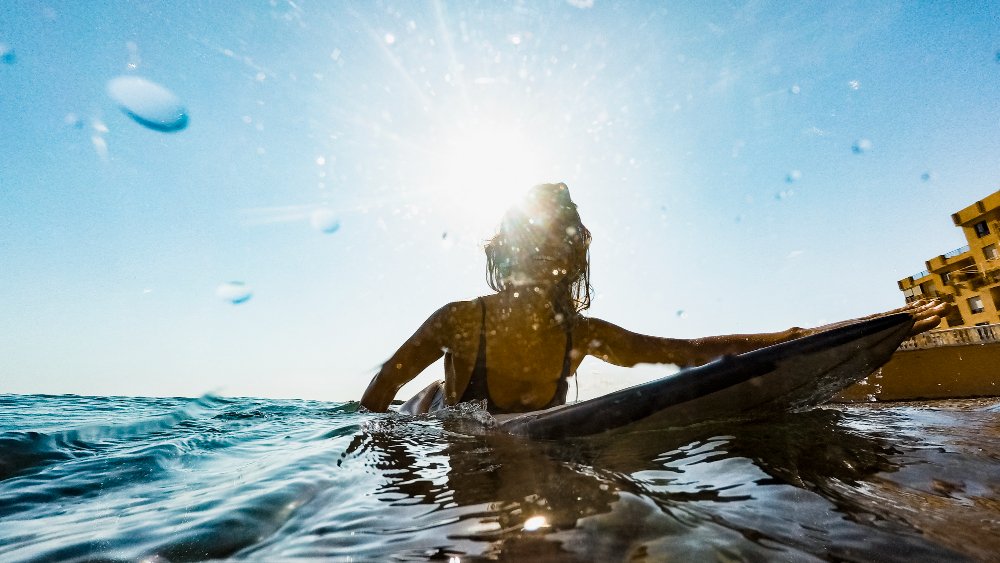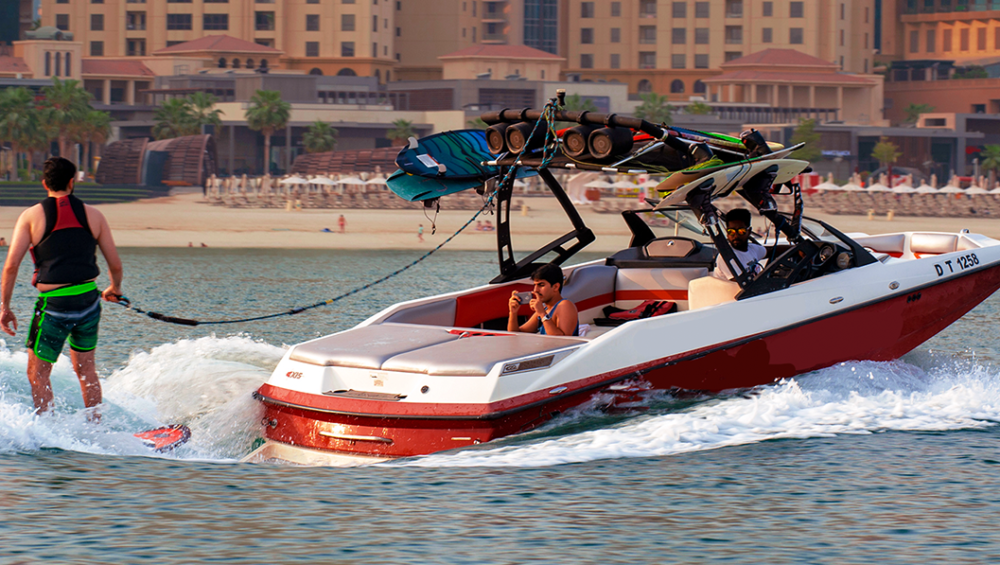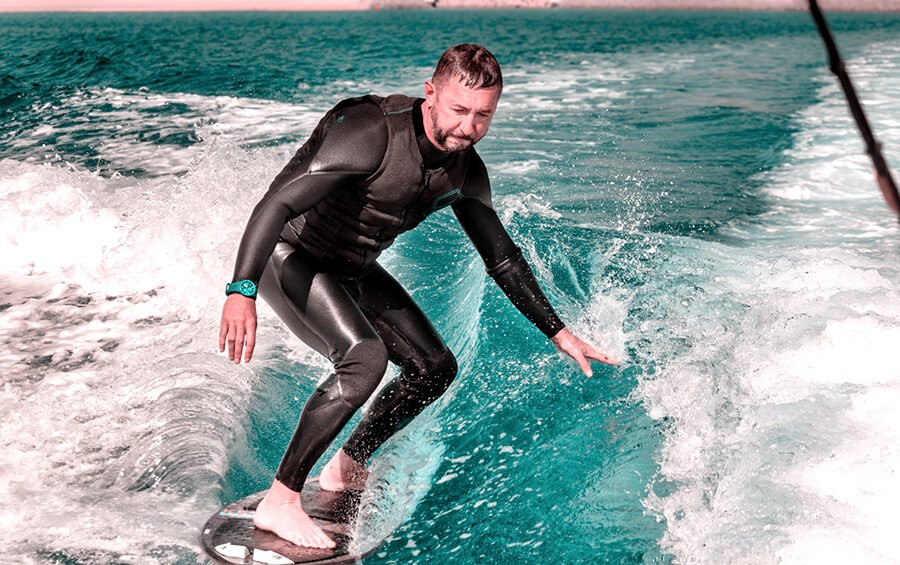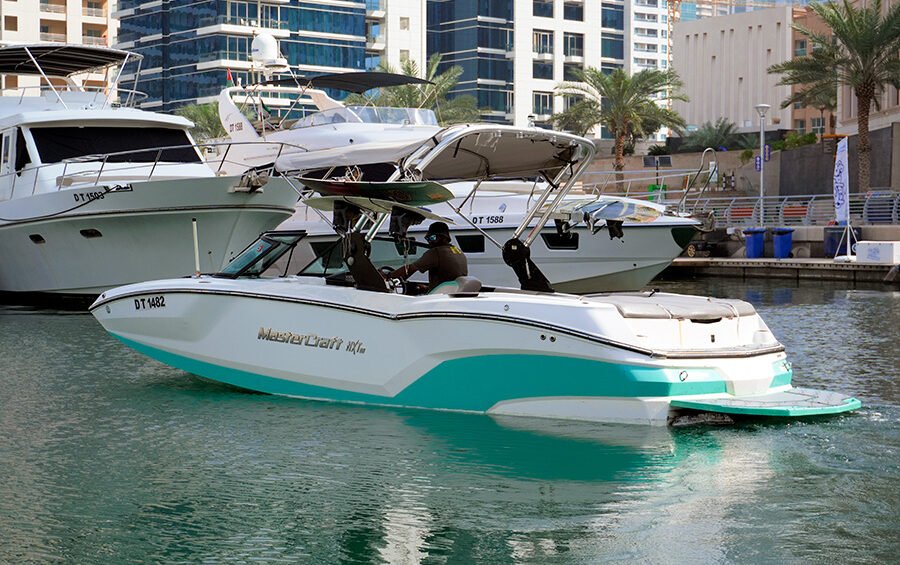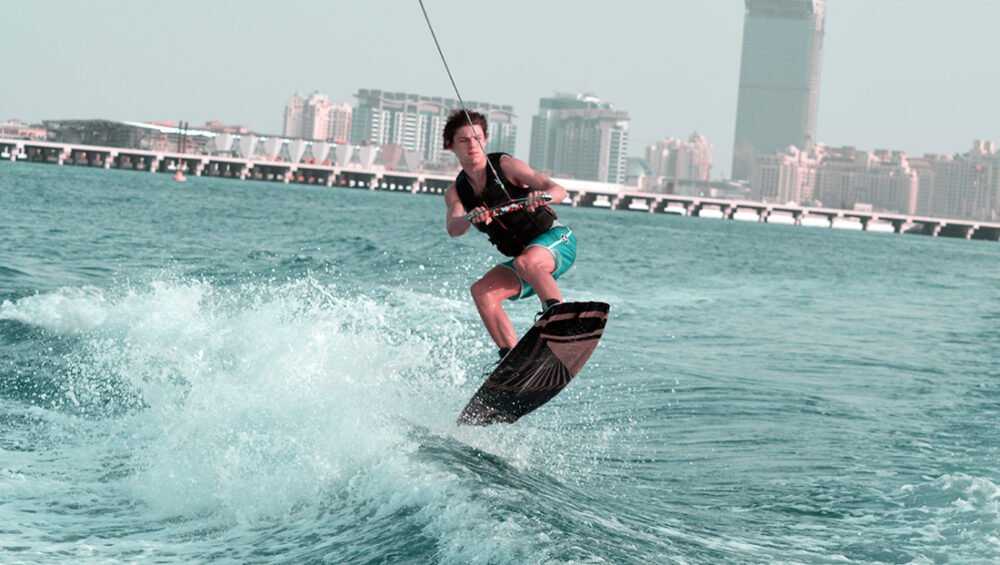Wake surfing is more than just a water sport — it’s a thrilling experience that brings people of all ages together on the water. With its unique blend of surfing and boating, wake surfing offers a safe, exhilarating way to enjoy the waves, whether you’re a teenager or well into your golden years. Its appeal has grown worldwide, and Dubai, with its perfect water conditions and scenic coastlines, has become a prime destination for this exciting activity. Let’s dive into why wake surfing is a sport for everyone, from beginners to seasoned athletes, and how it’s become a trend across generations.
Why Wake Surfing is Perfect for All Ages
One of the main reasons wake surfing has become so popular is that it’s approachable for all skill levels and ages. Unlike traditional surfing, wake surfing is performed behind a boat that creates a consistent, manageable wave, which makes it easier and safer. This controlled environment allows riders to learn and progress at their own pace, with the added stability and support of the boat.
- Safe and Beginner-Friendly
Wake surfing is ideal for beginners and younger participants due to its low-impact nature. Since you’re surfing close to the boat and at a slower speed, there’s less risk of injury compared to other water sports. Riders also use a rope to get up on the board, which can be released once balance is achieved, making it a great confidence-building activity for all ages. - Challenging for All Skill Levels
While wake surfing is beginner-friendly, it also offers plenty of room for progression. Riders can learn advanced tricks, spins, and even aerials as they become more confident. This aspect of wake surfing makes it appealing to teenagers, young adults, and experienced water sports enthusiasts who love the challenge of mastering new skills. - A Low-Impact Sport
Wake surfing’s slower speeds and smoother ride make it a low-impact activity, which is especially beneficial for older adults who may have joint sensitivities or concerns about higher-impact sports. Wake surfing provides a full-body workout without placing strain on the joints, allowing everyone to stay active and enjoy the benefits of exercise.
The Family-Friendly Appeal
Wake surfing is also a perfect way for families to bond. Everyone can take turns riding the wave, cheering each other on, and spending quality time together out on the water. In Dubai, families can rent a boat specifically designed for wake surfing, complete with instructors and all the necessary equipment, making it easy to enjoy a day of wake surfing with loved ones.
- Building Confidence in Kids and Teens
For younger family members, wake surfing can be a great way to build confidence and learn new skills. The initial thrill of getting up on the board and riding the wave is a rewarding experience, and having supportive family members around makes it even more special. - A Fun, Active Day for Adults and Grandparents
For adults, wake surfing is an enjoyable way to stay active and try something new, while for grandparents, it’s a chance to experience a modern sport in a safe and accessible way. With the right equipment and instruction, even older family members can try wake surfing and create unforgettable memories with their families. - Perfect for Small and Large Groups
Wake surfing is flexible enough to accommodate groups of any size. Families can book a private session, while larger groups can enjoy a full day of wake surfing activities with friends and relatives, rotating between riders. Dubai’s scenic coastline makes it a picturesque backdrop for family photos and videos, capturing the shared joy of a day spent wake surfing.
The Health Benefits of Wake Surfing
Wake surfing isn’t just fun — it’s also a fantastic workout that benefits the entire body. From core strength to cardiovascular health, wake surfing provides numerous physical benefits:
- Core Strength: Balancing on the board works the core muscles, which are essential for stability and posture.
- Leg and Lower Body Strength: Staying steady on the board engages the leg muscles, especially the calves and thighs, helping to build strength.
- Cardiovascular Fitness: Wake surfing involves bursts of activity followed by relaxation, offering an effective cardiovascular workout without being exhausting.
- Mental Wellness: Being out on the water, enjoying the fresh air and scenery, reduces stress and boosts mood, making wake surfing not only a physical workout but also a mental refresh.
A Premier Destination
Dubai has become a premier wake surfing destination due to its year-round warm climate, calm waters, and excellent wake surfing facilities. For both beginners and experts, Dubai offers well-equipped boats, experienced instructors, and dedicated wake surfing spots that make it easy to get started. The city’s stunning coastline, with views of iconic landmarks, adds to the overall experience, making wake surfing in Dubai a truly unique adventure.
Getting Started with Wake Surfing in Dubai
If you’re interested in wake surfing in Dubai, here’s what you need to know to get started:
- Book with a Reputable Service
Dubai offers a range of wake surfing providers with experienced instructors and quality equipment. Choose a reputable service to ensure you have a safe and enjoyable experience. Many wake surfing companies also offer private sessions, making it easy for families and groups to have personalized instruction. - Learn the Basics from Trained Instructors
Dubai’s wake surfing instructors are skilled in teaching both beginners and advanced riders. They can guide you through the basics, such as getting up on the board, balancing, and eventually releasing the rope to ride the wave independently. With proper instruction, you’ll be wake surfing in no time. - Choose the Right Equipment
Dubai’s wake surfing providers offer different board sizes and types based on rider experience and preference. Whether you’re a beginner or a seasoned surfer, you’ll have access to the right gear to enhance your experience. - Capture the Moment
Wake surfing in Dubai’s scenic waters is an experience worth capturing. Many providers offer photo and video packages so you can take home memories of your time on the water, from action shots to serene moments spent gliding on the waves.
Conclusion: Wake Surfing – A Sport for All Ages in Dubai
Wake surfing has a unique ability to unite people of all ages, offering a safe yet exhilarating way to enjoy Dubai’s beautiful waters. With options for beginners, challenging progressions for seasoned riders, and a family-friendly atmosphere, wake surfing has become a favorite for both locals and tourists in Dubai. From building confidence in kids to providing a low-impact activity for older adults, wake surfing truly is a sport for every generation.
For those looking to try something new and make unforgettable memories, wake surfing in Dubai is an ideal choice. Start planning your adventure and get ready to ride the waves in one of the world’s most vibrant cities. Whether you’re a first-timer or a wake surfing enthusiast, Dubai has everything you need to enjoy the sport to the fullest.


